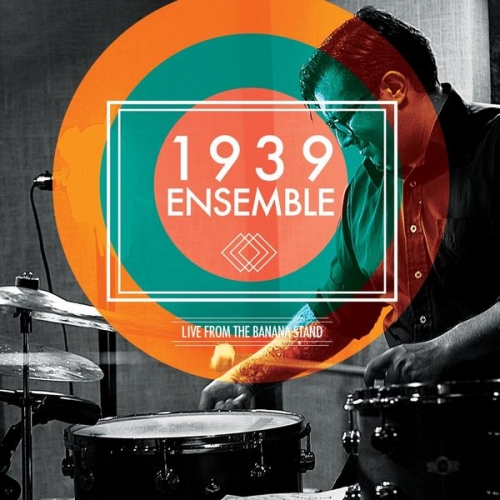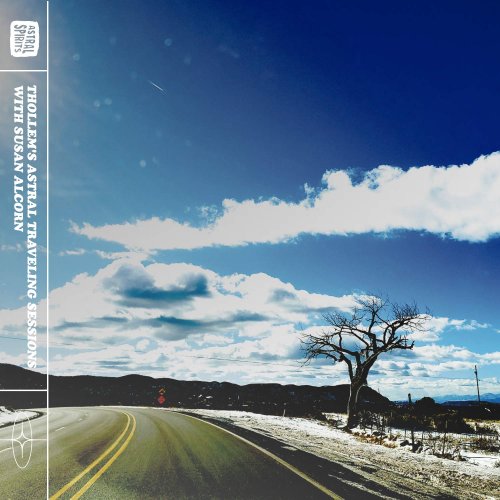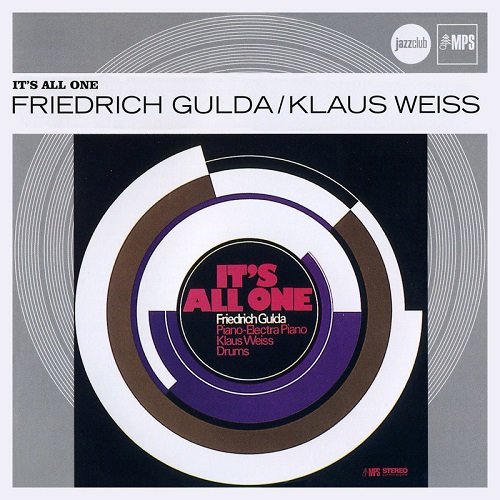Ton Koopman, Tini Mathot - Padre Soler: 6 Concertos for 2 Organs (1992)
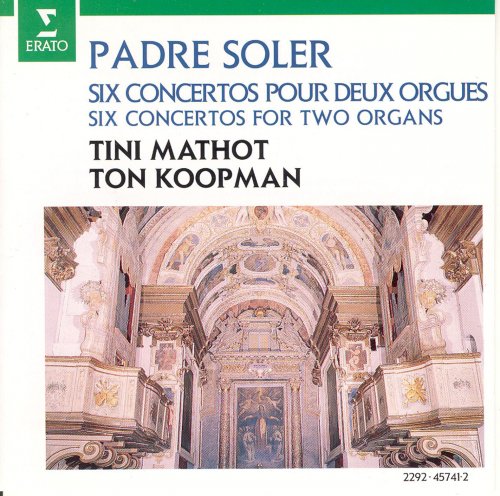
Artist: Ton Koopman, Tini Mathot
Title: Padre Soler: 6 Concertos for 2 Organs
Year Of Release: 1992
Label: Erato
Genre: Classical
Quality: FLAC (tracks) / MP3 320 Kbps
Total Time: 01:00:04
Total Size: 340 / 154 Mb
WebSite: Album Preview
Tracklist: Title: Padre Soler: 6 Concertos for 2 Organs
Year Of Release: 1992
Label: Erato
Genre: Classical
Quality: FLAC (tracks) / MP3 320 Kbps
Total Time: 01:00:04
Total Size: 340 / 154 Mb
WebSite: Album Preview
1. Soler : Concerto for 2 Organs No.3 in G major : I Andantino 04:18
2. Soler : Concerto for 2 Organs No.3 in G major : II Minué 05:51
3. Soler : Concerto for 2 Organs No.4 in F major : I Afectuoso - Andante non largo 03:27
4. Soler : Concerto for 2 Organs No.4 in F major : II Minué 05:39
5. Soler : Concerto for 2 Organs No.6 in D major : I Allegro 04:05
6. Soler : Concerto for 2 Organs No.6 in D major : II Minué 07:42
7. Soler : Concerto for 2 Organs No.5 in A major : I Cantabile 03:15
8. Soler : Concerto for 2 Organs No.5 in A major : II Minué 05:18
9. Soler : Concerto for 2 Organs No.2 in A minor : I Andante 03:29
10. Soler : Concerto for 2 Organs No.2 in A minor : II Allegro 02:26
11. Soler : Concerto for 2 Organs No.2 in A minor : III Tempo de minué 04:46
12. Soler : Concerto for 2 Organs No.1 in C major : I Andante 05:30
13. Soler : Concerto for 2 Organs No.1 in C major : II Minué 04:18
Performers:
Ton Koopman (organ)
Tini Mathot (organ)
That Padre Soler wrote these six concertos for Carlos III's son, the Infante Don Gabriel de Borbon, to play with him (probably giving the more brilliant first organ part to his talented pupil) there is no question: the puzzle is what they played them on. In the palace of the Escorial (where Soler had been appointed organist at the age of 23) the two organs in the chapel are too far apart for them to be conveniently played together, and Ton Koopman postulates, on what evidence I do not know, two small instruments in the Escorial's little opera theatre. But Santiago Kastner, who edited these works, pointed out that their range sometimes exceeds that of Spanish organs of the period, and suggested that ''organos'' could have meant any keyboard instruments, such as the harpsichord or fortepiano, for which they were equally suitable.
However that may be, Koopman and his wife have found two charming little eighteenth-century instruments (with some comically buzzy reed registers) and present the concertos with great crispness, precision of ensemble and spirit—for, in contrast to the austere gloom of the Escorial, they are predominantly cheerful works. All but one are in two movements, the first in binary form a la Domenico Scarlatti, the second a Minuet with not a Trio but with diferencias (variations)—quite brilliant in No. 4. The idiom is less harmonically adventurous than that of Soler's mentor Scarlatti, though there are some interesting modulations in No. 4; the Allegro of No. 6 contains surprising changes of mode and pace; and just occasionally there are hints of Spanish colorations. Quite the most remarkable concerto is No. 2 in A minor, which has an extra movement—an expressive initial Andante with striking modulations and Iberian harmonic influences—a very sprightly Allegro, and the only Minuet not in variation form but with a Trio (in the major). The two artists add discreet decorations in repeats; and my only criticisms are of their tendency sometimes to hurry and that they often end movements too abruptly: otherwise this is a delightful disc.'
However that may be, Koopman and his wife have found two charming little eighteenth-century instruments (with some comically buzzy reed registers) and present the concertos with great crispness, precision of ensemble and spirit—for, in contrast to the austere gloom of the Escorial, they are predominantly cheerful works. All but one are in two movements, the first in binary form a la Domenico Scarlatti, the second a Minuet with not a Trio but with diferencias (variations)—quite brilliant in No. 4. The idiom is less harmonically adventurous than that of Soler's mentor Scarlatti, though there are some interesting modulations in No. 4; the Allegro of No. 6 contains surprising changes of mode and pace; and just occasionally there are hints of Spanish colorations. Quite the most remarkable concerto is No. 2 in A minor, which has an extra movement—an expressive initial Andante with striking modulations and Iberian harmonic influences—a very sprightly Allegro, and the only Minuet not in variation form but with a Trio (in the major). The two artists add discreet decorations in repeats; and my only criticisms are of their tendency sometimes to hurry and that they often end movements too abruptly: otherwise this is a delightful disc.'
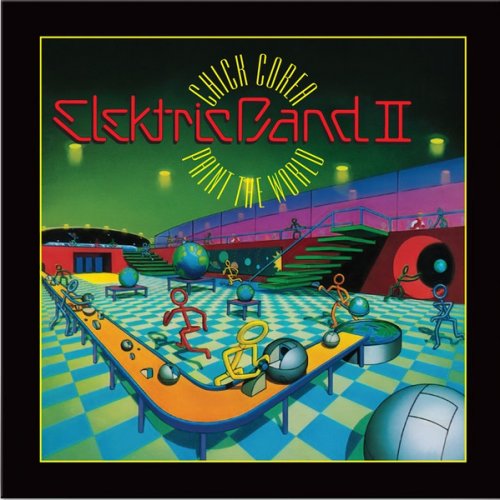
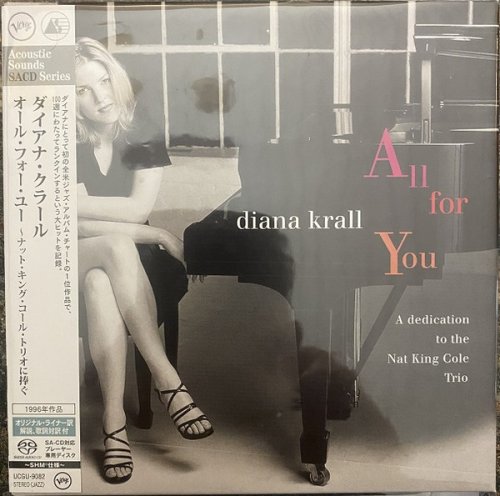
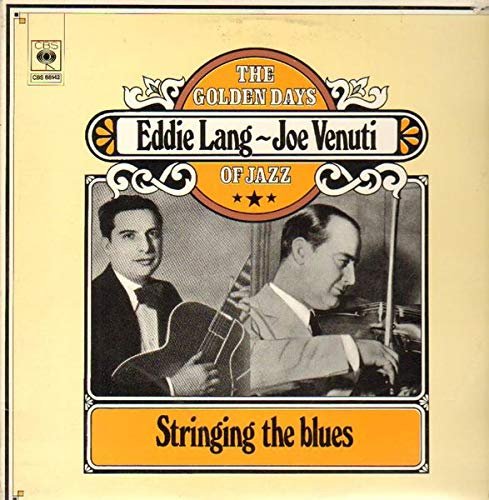
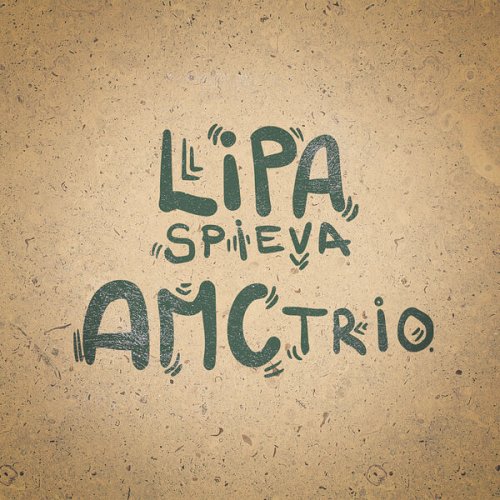
![Nathanial Young - Live Under The 7 (Live) (2026) [Hi-Res] Nathanial Young - Live Under The 7 (Live) (2026) [Hi-Res]](https://www.dibpic.com/uploads/posts/2026-01/1767514877_cover.jpg)
